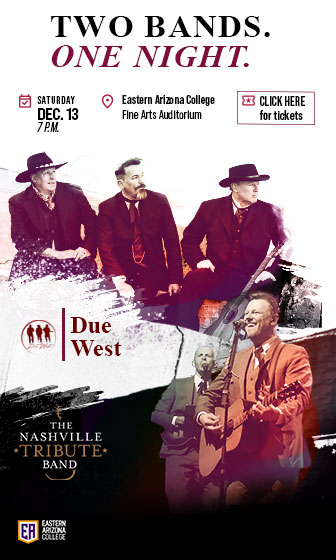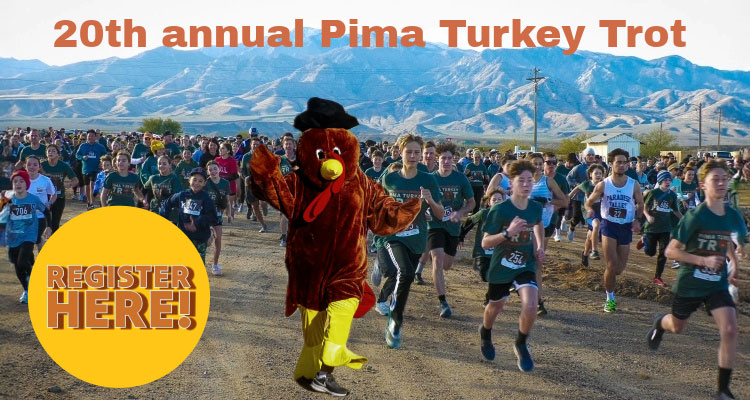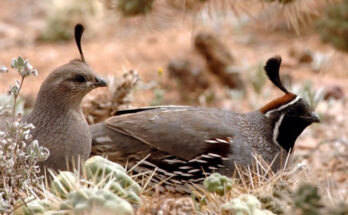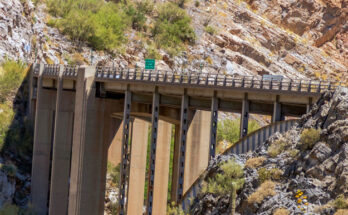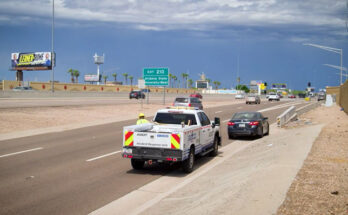Contributed Article
According to the Arizona Association of Counties, Gila County was created on Feb. 8, 1881, making her 144 years old this month.
Formed from parts of Maricopa and Pinal Counties, Gila County later added the northern portion of the county from Yavapai County.
After Gila County became a county, George Danforth, J. K. Smith, and Joseph Chamberlain appointed themselves as the unofficial Gila County Board of Supervisors.
They held the first BOS meeting on March 5, 1881, and–about a month later–held the first county election for all elected positions on April 4, 1881.
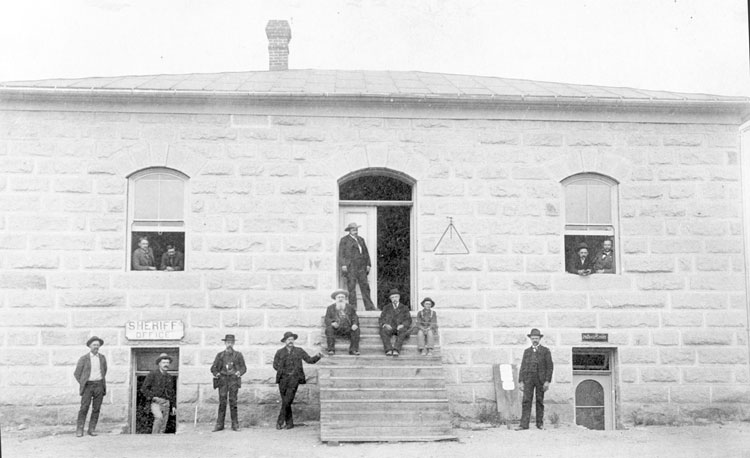
The election canvassed two days later, and the following were elected as the “official” Gila County Board of Supervisors by show of most votes: George Danforth, J. K. Smith, and F. W. Westmeyer, who beat Chamberlain by 91 votes.
District 2 Supervisor Tim Humphrey points out that “mining and ranching have supported Gila County since the 1800s.”
Mineral deposits brought miners in 1874 when silver was discovered in Globe– eclipsed within a decade by vast deposits of copper.
Copper, silver, and gold are still mined here, and our Western heritage isn’t just an artifact or a façade: mining and ranching were pillars of our economy during the first half of the 20th century.
While education, health care, tourism, retail, and construction now employ more of our diverse workforce, 30 ranches continue to manage some 15,000 cattle, and copper’s luster still shines–an industry employing about 3,000.
“I feel very fortunate and blessed to live in our county,” District 1 Supervisor Steve Christensen says. “I am constantly impressed with our people and our growth. I am looking forward to many more birthdays for Gila County.”
Encompassing 17 communities, Gila County is notable for no less than three separate Apache Nations: the Tonto Apache Reservation, plus sections of both the Fort Apache and San Carlos Apache Reservations.
Often referred to as the “Heart of Arizona,” Gila County’s location at the center of the Grand Canyon State is just one of many reasons.
With a population of 54,006 and covering nearly 4,800 square miles, Gila County lures outdoor enthusiasts to choose a place to live, work, and enjoy the best mix of Arizona’s desert, mountains, and lakes.
“I am a lifelong resident of Gila County and have always been proud to be a part of the communities and the great citizens that live here,” says District 3 Supervisor Woody Cline.
“Our county has beautiful scenery from the desert to the tall pines, along with a rich history that can be found in each of our communities.”
Located on the northeastern edge of the Sonoran Desert, Gila County covers a wide variety of life zones – from iconic Saguaro cacti in the low desert to pinyon-juniper grasslands, chaparral, and montane forests of pine, fir, and aspen.
Roosevelt Lake (one of Arizona’s most popular for fishing, boating, and recreation) is wholly within Gila County.
Spanning 1,080 feet, the scenic bridge over the lake is the longest two-lane, single-span, steel-arch bridge in North America.
Along with Tonto National Monument and Fossil Creek, the Salt River wilderness areas and popular campsites within the Tonto National Forest are also among Gila County’s bragging rights.
Speaking of boasts, here’s another: Tonto Natural Bridge State Park, north of Payson, is believed to be the world’s largest natural travertine bridge. It stands 183 feet high over a 400-foot-long tunnel measuring 150 feet at its widest point.
Gila County Manager James Menlove perhaps says it best in his birthday wishes to Gila County, “At 144 years young, you are as beautiful and pristine as you’ve ever been and continue to maintain all the grace and dignity the founding fathers of our County could possibly have imagined.”
“With less than four percent private land, we are grateful for your wide-open spaces, the mountains, the valleys, and the abundant lakes and waterways. In our center the azure, blue waters of Roosevelt Lake, the State’s largest body of water,” he says. “They have stirred, inspired, and refreshed the senses of our residents, the State, and the world for many generations, and know they will continue to bless us for years to come.”
Read more at https://www.discovergilacounty.com/. Join our online community at https://www.facebook.com/gilacountygovernment



